Home>Ideas and Tips>How To Identify Authentic Antique Porcelain


Ideas and Tips
How To Identify Authentic Antique Porcelain
Published: November 3, 2024
Learn how to identify authentic antique porcelain with tips on markings, materials, design, and provenance to ensure your collection is genuine.
(Many of the links in this article redirect to a specific reviewed product. Your purchase of these products through affiliate links helps to generate commission for Storables.com, at no extra cost. Learn more)
Identifying authentic antique porcelain can be tricky, but it's not impossible. With a bit of knowledge and some keen observation skills, you can spot the real deal. Let's dive into the nitty-gritty of how to tell if that beautiful piece of porcelain is truly an antique.
Understanding Antique Porcelain
Antique porcelain is special because of its history, craftsmanship, and beauty. Most pieces date back to the 18th and 19th centuries, when European manufacturers like Meissen, Wedgwood, and Royal Worcester were at their peak. These pieces aren't just pretty; they tell a story and hold significant cultural value.
Historical Background
Porcelain originated in China but became super popular in Europe during the 18th century. European manufacturers started making their own versions, often adding local designs and motifs. Some of the most famous manufacturers include:
- Meissen: Known for high-quality porcelain and intricate designs, Meissen is one of the oldest and most prestigious porcelain makers.
- Wedgwood: Founded by Josiah Wedgwood in 1759, this brand is famous for Jasperware, which features white figures on a blue background.
- Royal Worcester: Established in 1751, Royal Worcester is celebrated for its delicate and detailed designs.
Read more: How To Spot Authentic Antique Jewelry
Identifying Authentic Antique Porcelain
To identify authentic antique porcelain, you need a mix of knowledge, observation, and sometimes expert help. Here are some key things to look for:
1. Markings and Signatures
One of the best ways to identify antique porcelain is by checking the markings and signatures on the piece. These can include:
- Manufacturer's Mark: Each manufacturer has its own unique mark or logo. For example, Meissen often features a blue cross or a crown.
- Date Mark: Some pieces have a date mark indicating the year they were made.
- Artist's Signature: Many pieces are signed by the artist or craftsman who created them.
2. Material and Construction
Authentic antique porcelain is made from high-quality materials that are durable and long-lasting. Look for:
- Porcelain Body: Genuine antique porcelain has a dense, hard body that resists chipping and cracking.
- Gilding and Painting: The gilding and painting should be meticulously done with no signs of wear or flaking.
- Glaze: The glaze should be smooth and even, without any imperfections or bubbles.
3. Design and Style
Antique porcelain often features intricate designs that reflect the style of the era in which it was made. Consider:
- Motifs: Different manufacturers used distinct motifs such as flowers, animals, or landscapes.
- Color Palette: The color palette can also indicate the era; for example, earlier pieces often feature more muted colors while later pieces may have brighter hues.
4. Condition
The condition of the piece is crucial in determining its authenticity. Look for:
- Signs of Wear: Genuine antique pieces may show signs of wear such as minor chips or scratches but should not have any significant damage.
- Restoration: Be wary of pieces that have been heavily restored; while some restoration is acceptable, excessive restoration can indicate a fake.
5. Provenance
Provenance refers to the history of ownership of the piece. Authentic antique porcelain often comes with documentation or records of its past owners:
- Certificates of Authenticity: Reputable dealers should provide certificates of authenticity that detail the piece's history and provenance.
- Documentation: Look for any documentation such as receipts, letters from previous owners, or exhibition records.
Tips for Collectors
If you're new to collecting antique porcelain, here are some tips to keep in mind:
1. Research
Research is key when it comes to collecting antique porcelain. Learn about different manufacturers, their styles, and the periods in which they produced their pieces.
2. Join Collecting Communities
Joining collecting communities or forums can provide valuable insights from experienced collectors and experts.
3. Work with Reputable Dealers
Dealing with reputable dealers who specialize in antique porcelain can help ensure that you're purchasing authentic pieces.
4. Keep an Inventory
Keeping an inventory of your collection is essential for tracking your pieces and ensuring that they remain in good condition.
Case Study: Robert's Collection
Robert's story highlights the passion and dedication required to build a collection of antique porcelain signs. Robert's journey began with a simple interest in signs but soon evolved into a deep appreciation for the history behind them:
"At first—I'll be honest—all I wanted was the stuff, the signs” he says. “I didn’t even know that my own hometown was where the manufacturing companies were. But once I found that, then it changed and I was more interested in the history than I was directly in what I was buying or collecting.”
Robert's experience underscores the importance of understanding the historical context of your collection. By learning about the manufacturers and their contributions to the industry, collectors can gain a deeper appreciation for their pieces.
Conclusion
Collecting antique porcelain is a rewarding hobby that requires patience, knowledge, and dedication. By understanding the markings and signatures, material and construction, design and style, condition, and provenance of antique porcelain pieces, collectors can confidently identify authentic items. Whether you're a seasoned collector or just starting out, following these guidelines will help you build a collection that not only reflects your taste but also preserves a piece of history.
In addition to these tips, fostering the next generation of collectors is crucial for preserving historical artifacts. As Robert notes:
“Once the older generation dies off, who is going to come around and buy this stuff?” he says. “You need more people to start collecting at younger ages so the cycle keeps repeating itself. If we don’t preserve this stuff, then one day it’s going to be no more.”
By sharing our knowledge and passion with others, we can ensure that the beauty and significance of antique porcelain continue to be appreciated for generations to come.
Additional Resources
For those looking to delve deeper into the world of antique porcelain, here are some additional resources:
- Books: There are numerous books available on antique porcelain that provide detailed information on manufacturers, styles, and historical context.
- Museums: Visiting museums dedicated to ceramics and porcelain can offer firsthand experience with authentic pieces.
- Online Forums: Joining online forums or social media groups dedicated to antique collectors can provide valuable insights from experienced collectors.
By combining these resources with the knowledge outlined in this article, you'll be well-equipped to navigate the world of antique porcelain with confidence. Happy collecting!
Was this page helpful?
At Storables.com, we guarantee accurate and reliable information. Our content, validated by Expert Board Contributors, is crafted following stringent Editorial Policies. We're committed to providing you with well-researched, expert-backed insights for all your informational needs.
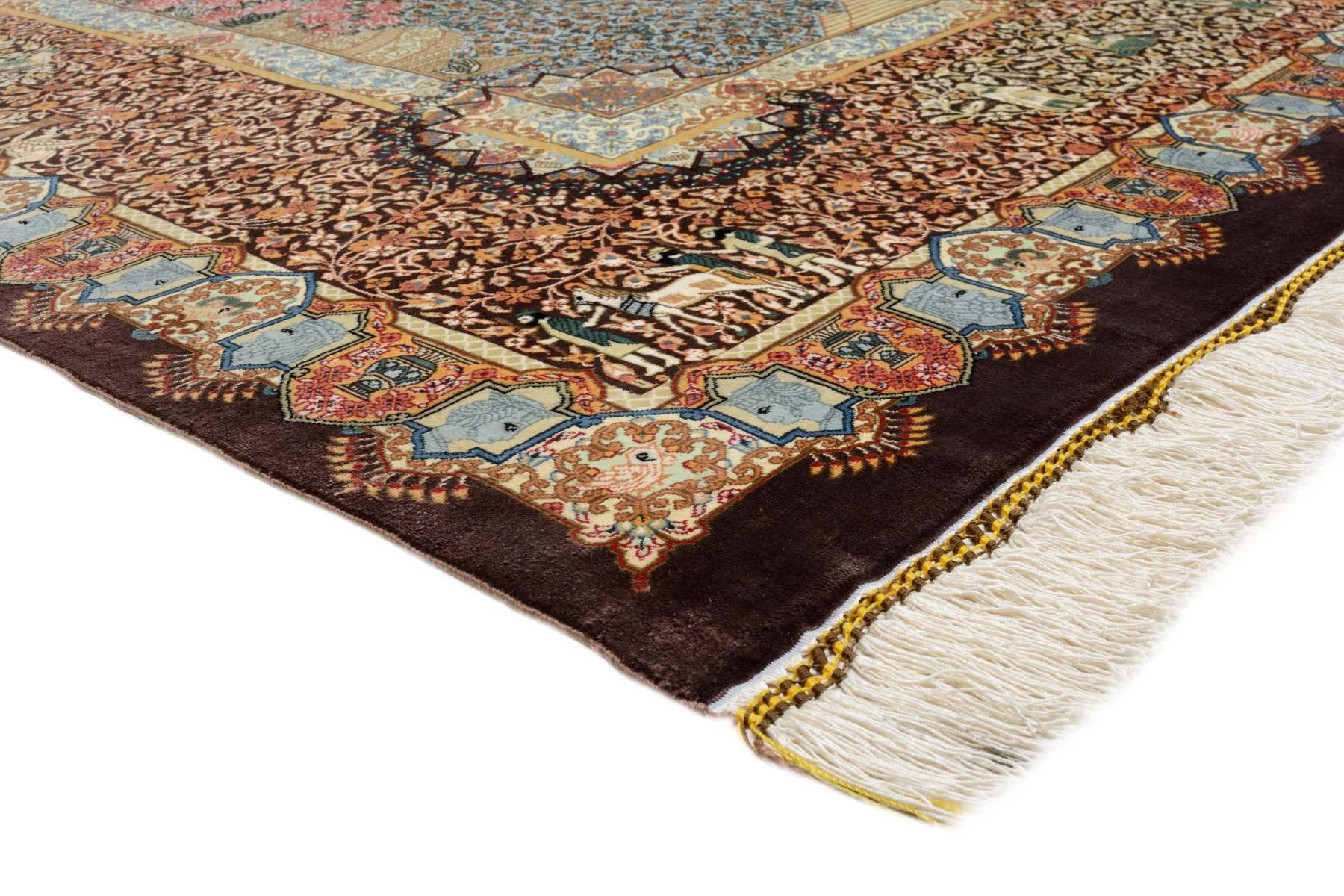
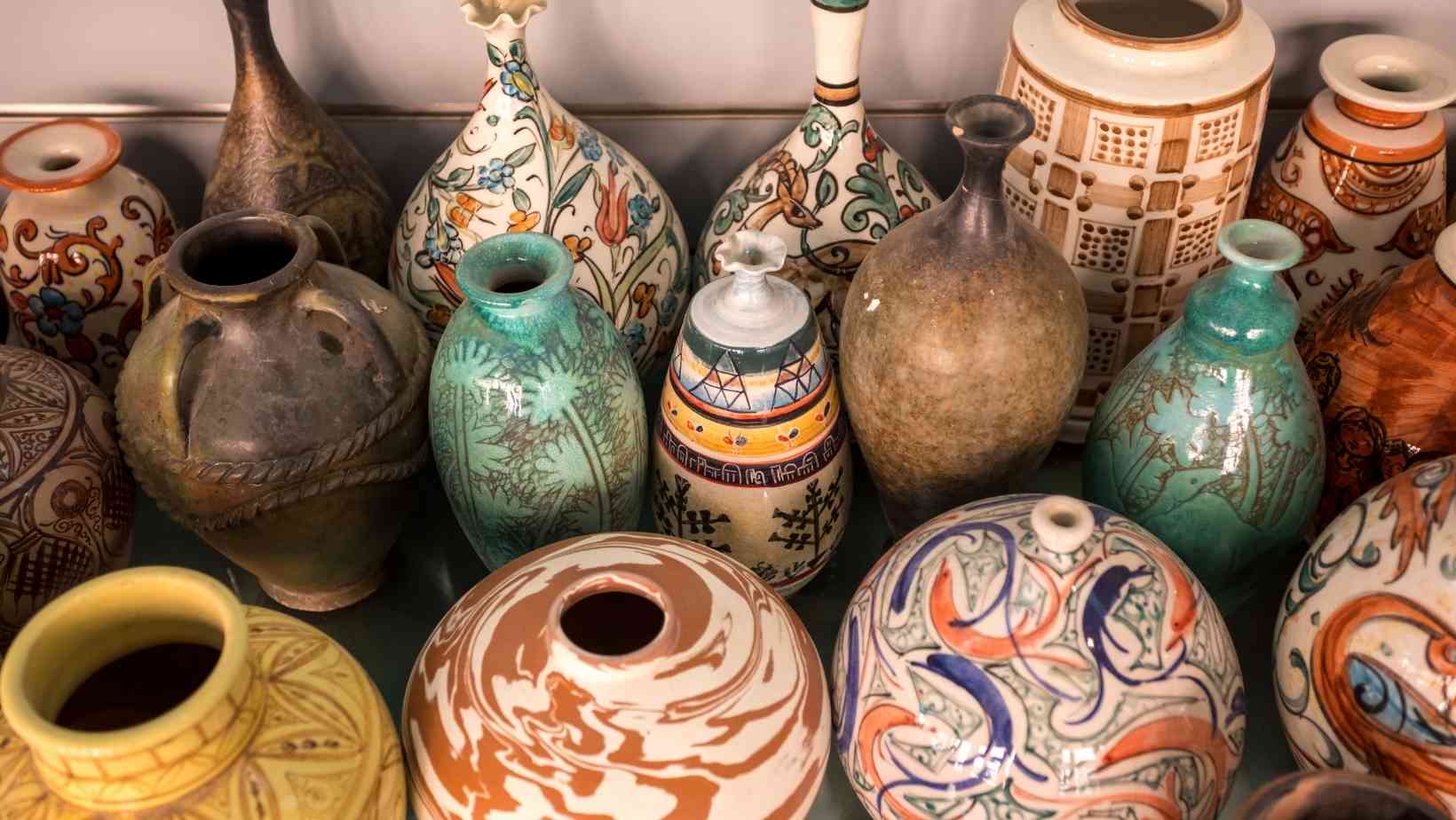
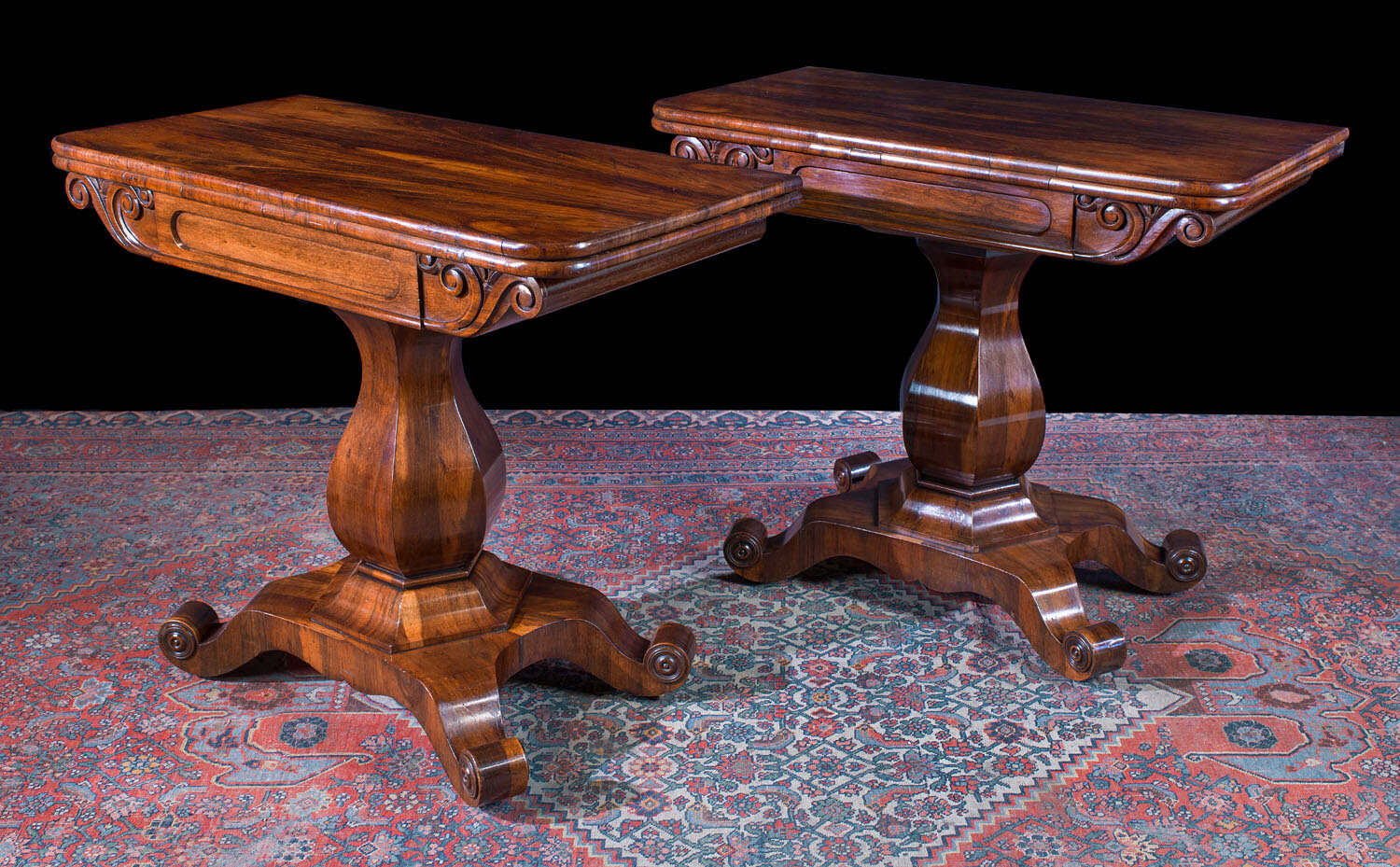
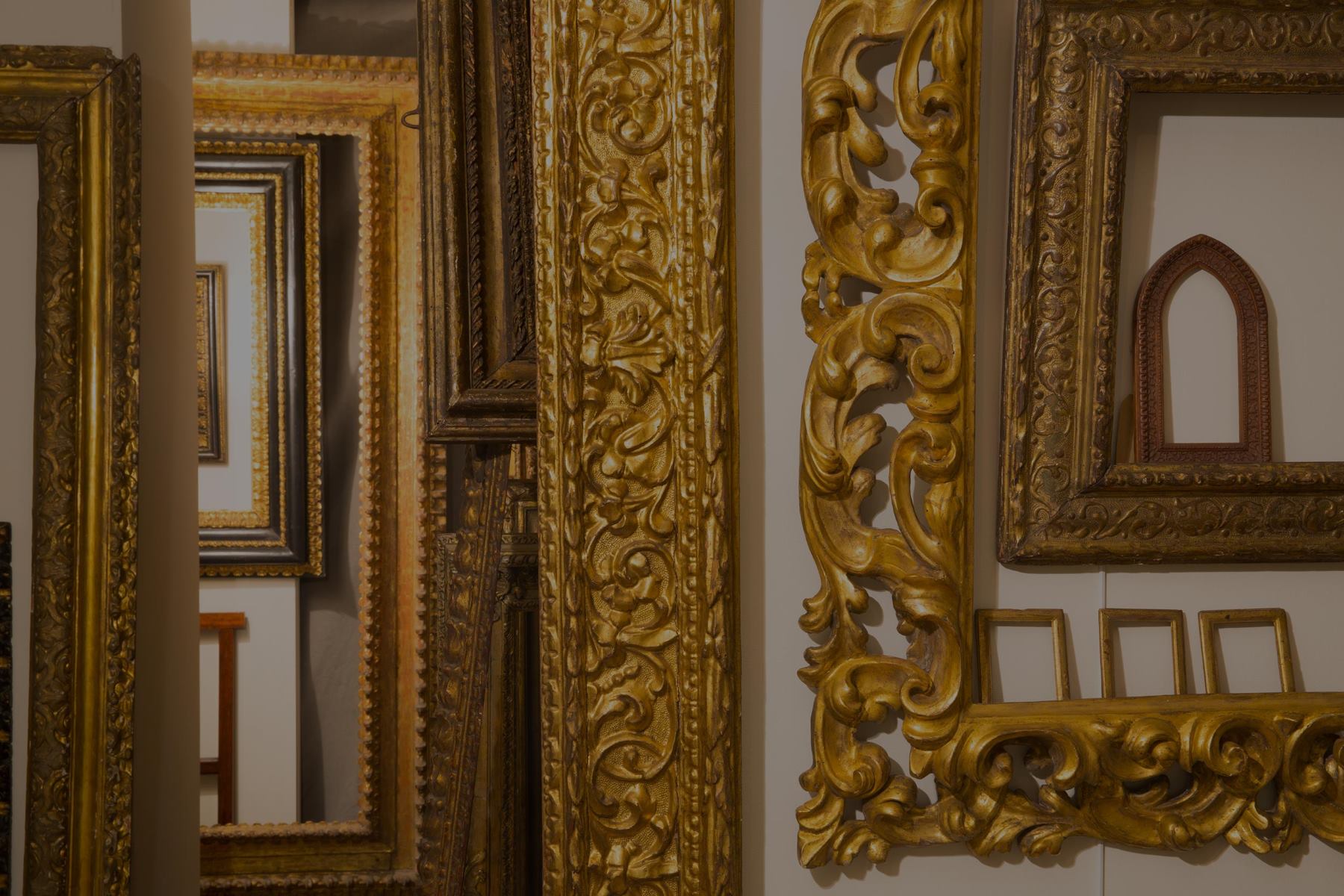
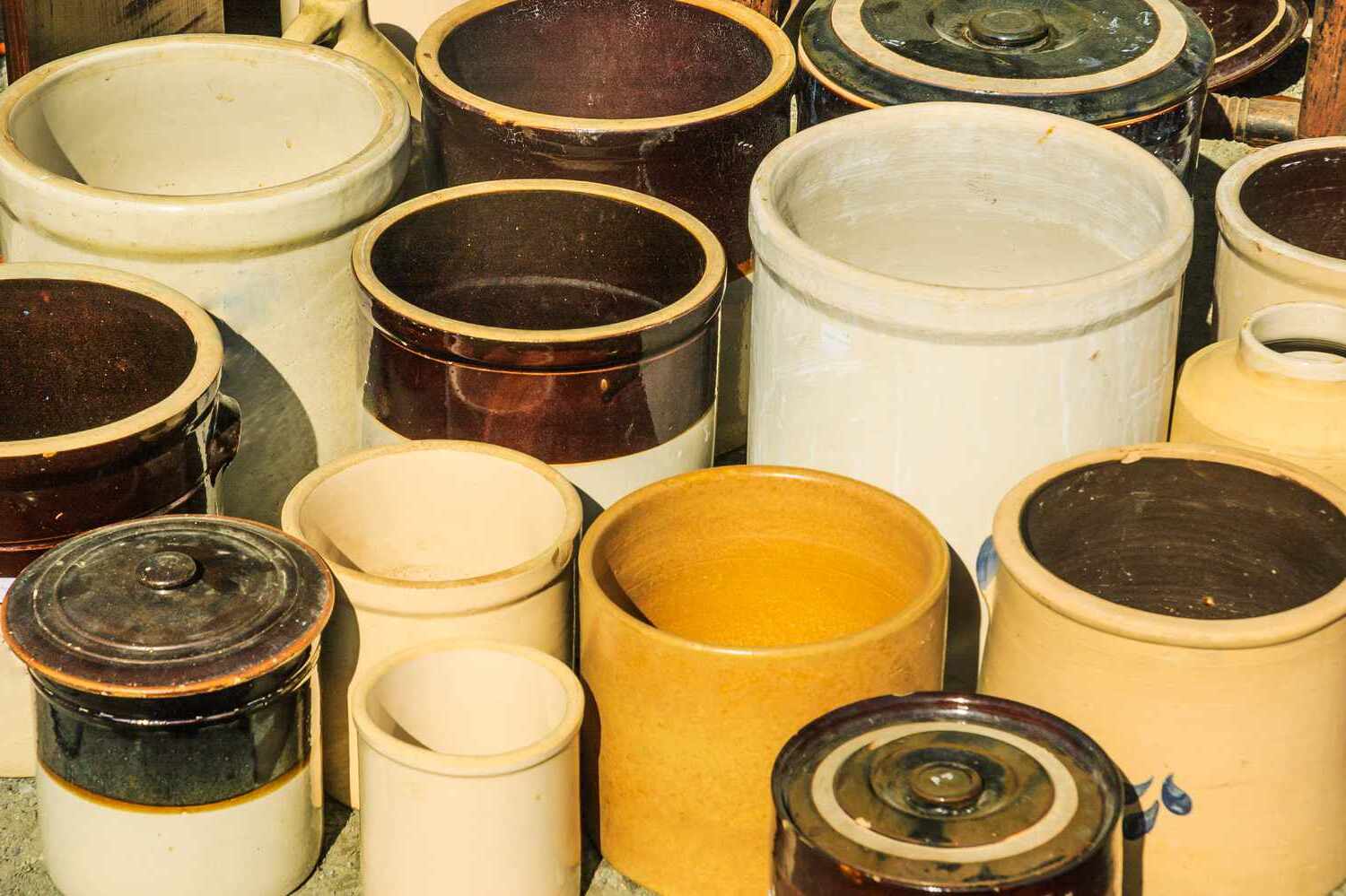
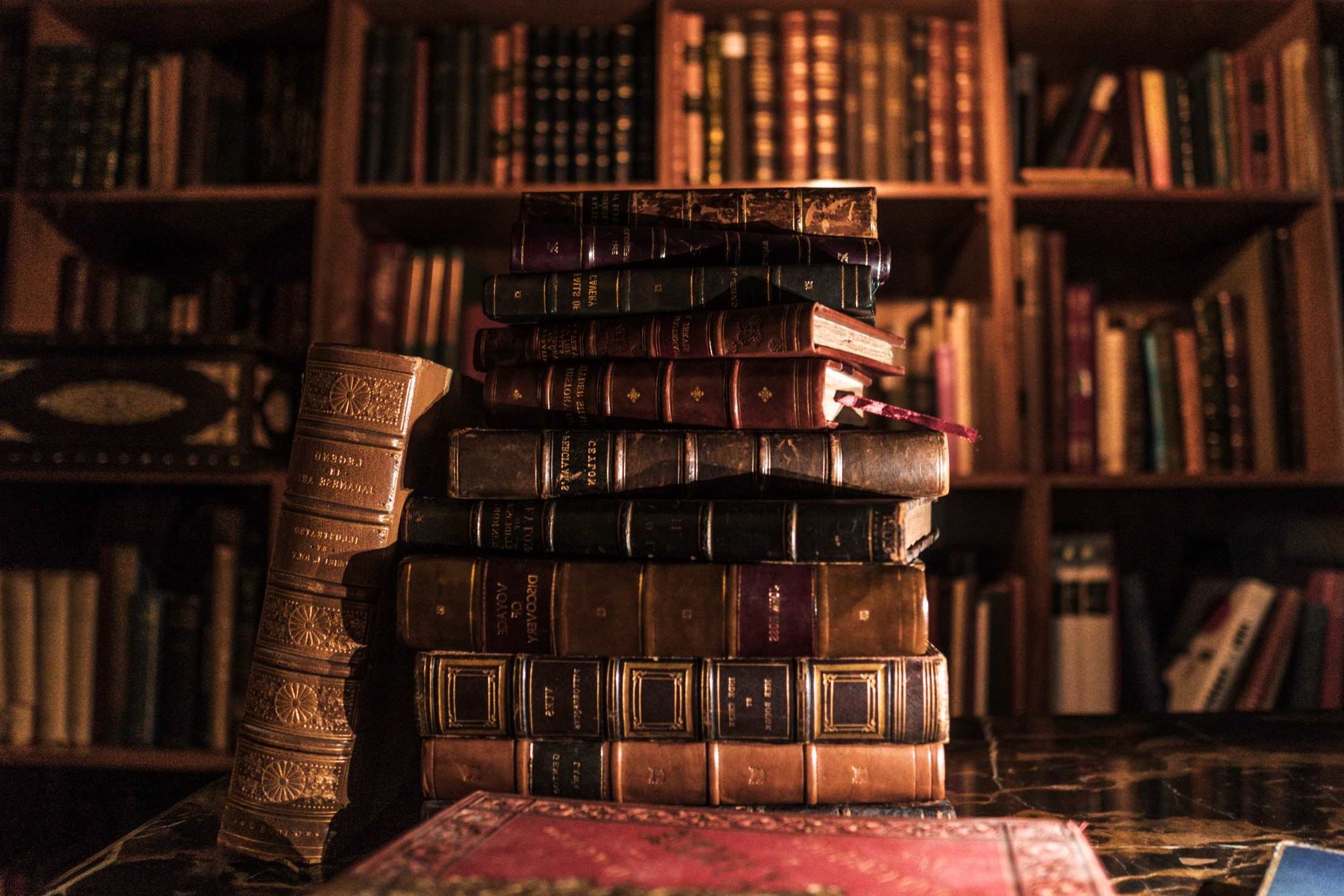
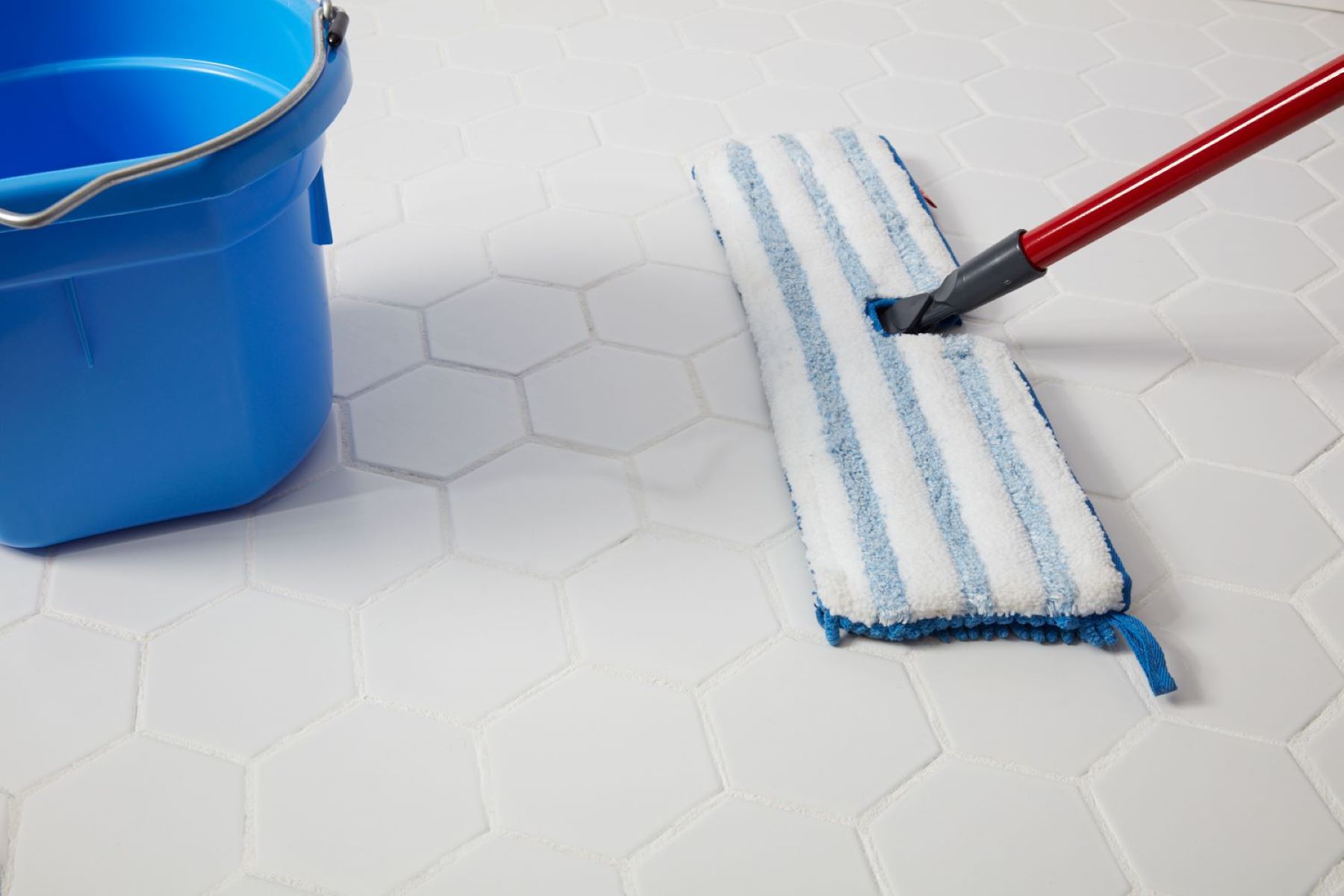
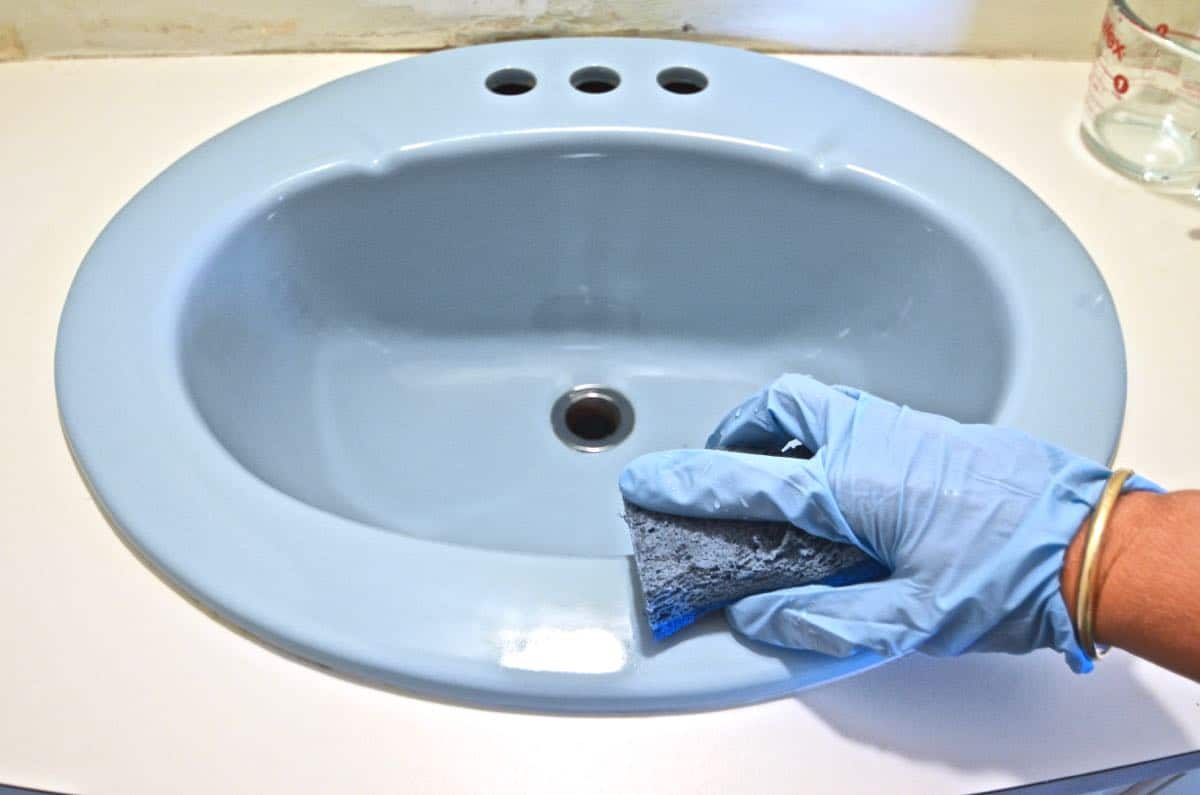

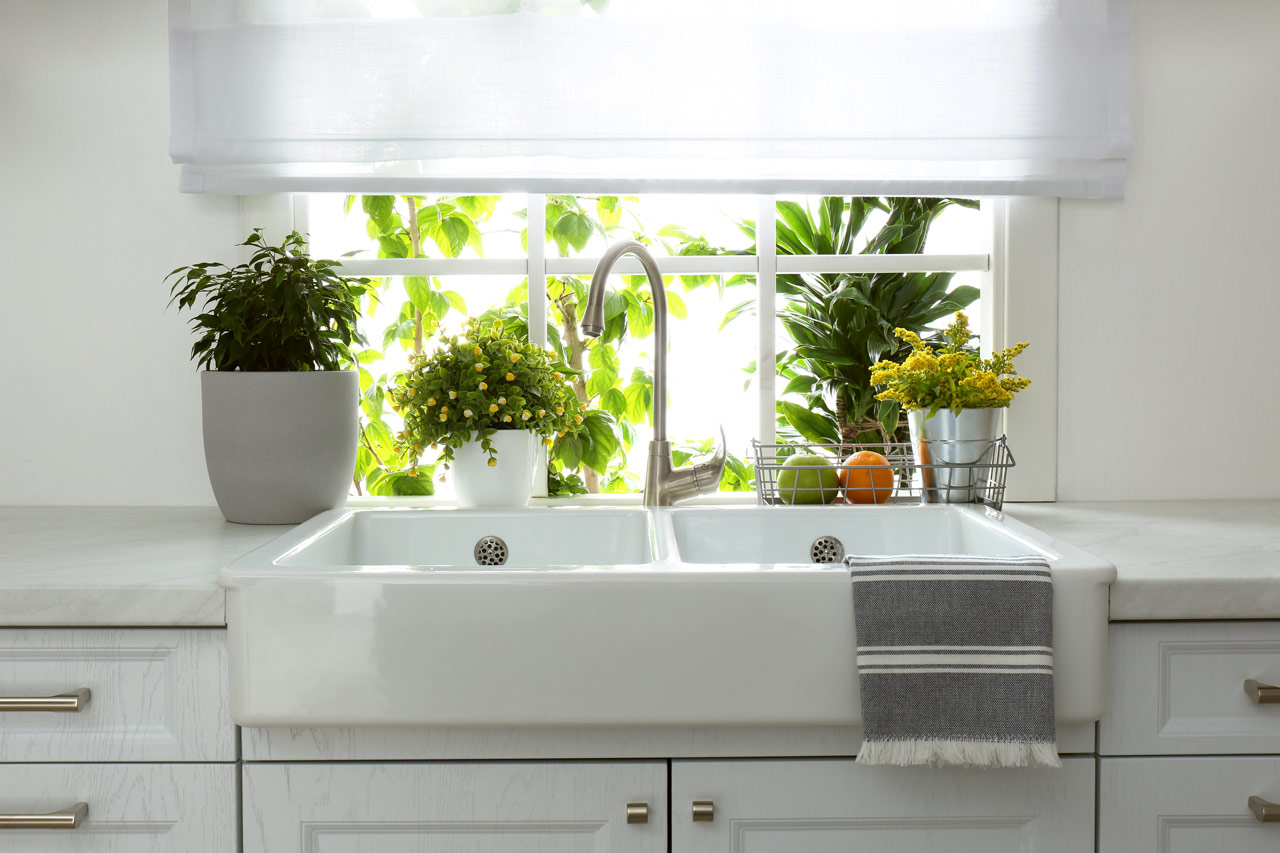
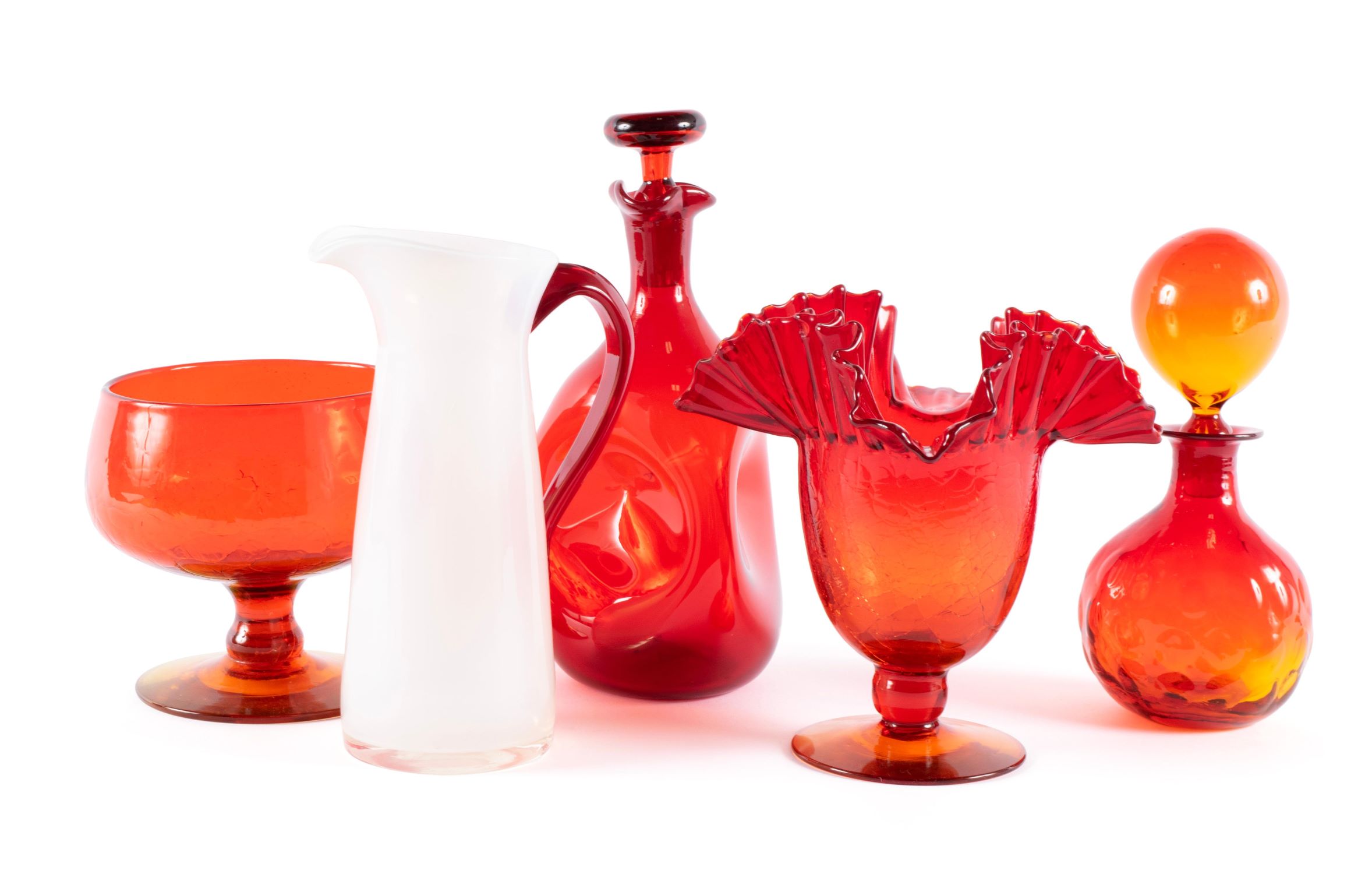
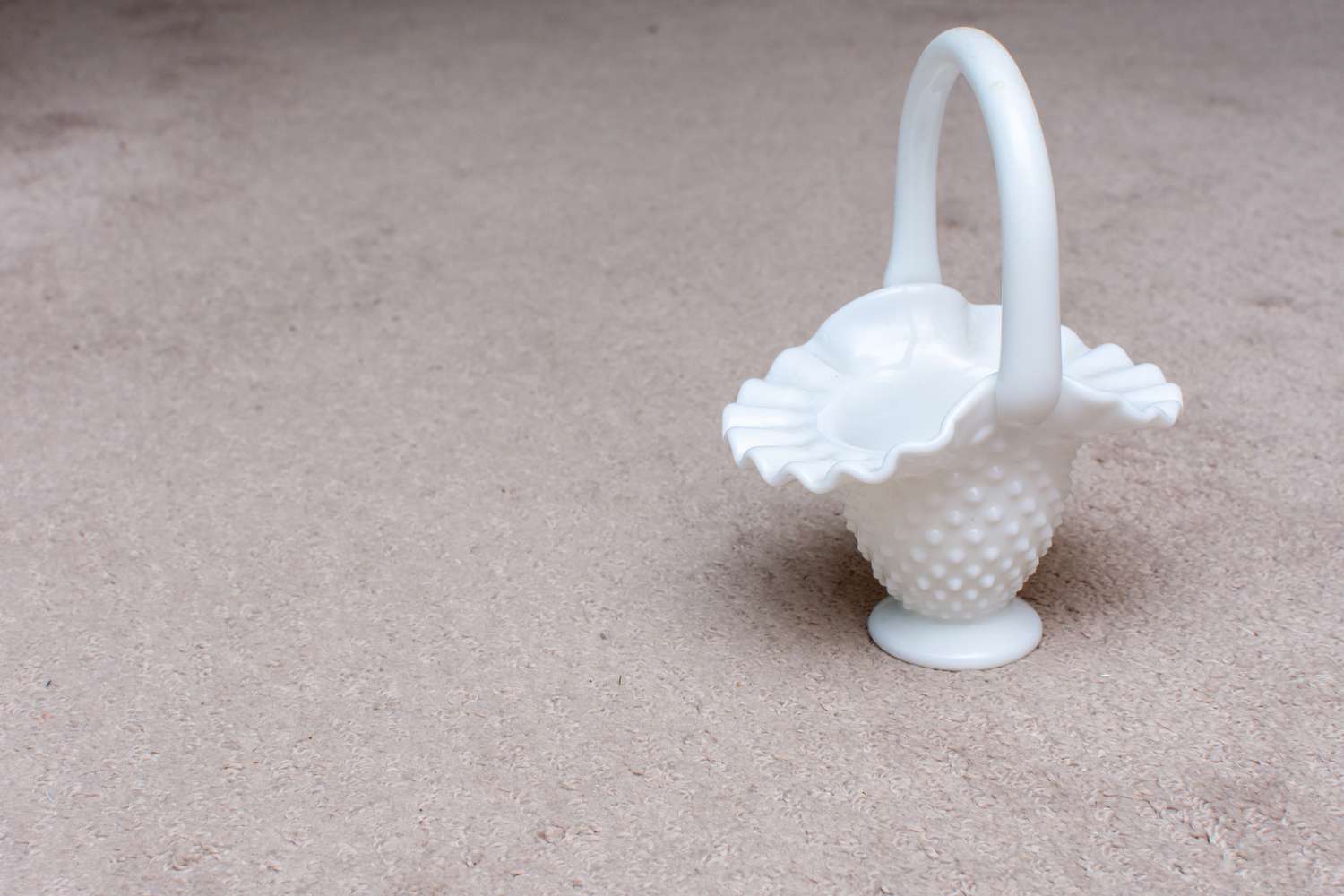
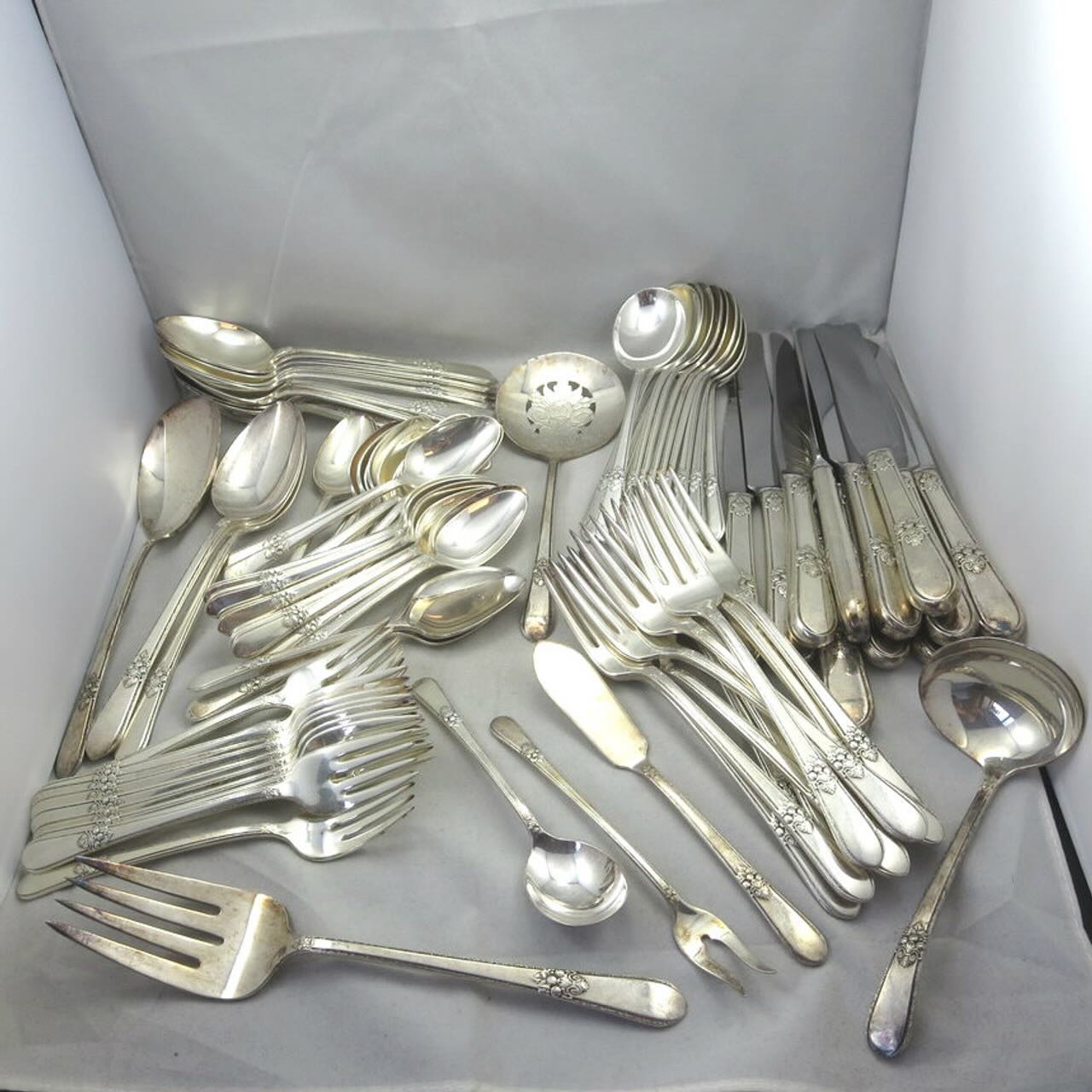
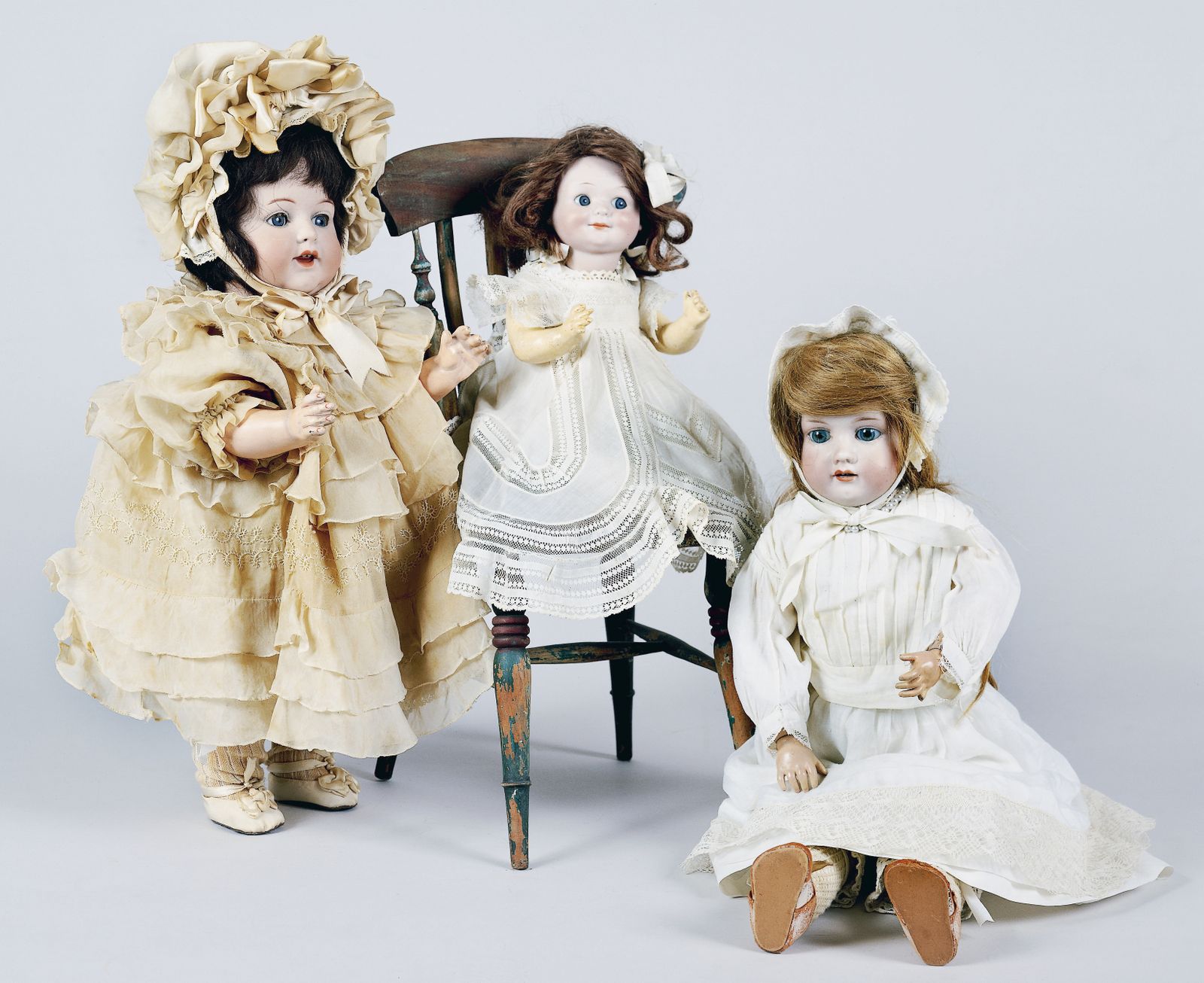

0 thoughts on “How To Identify Authentic Antique Porcelain”